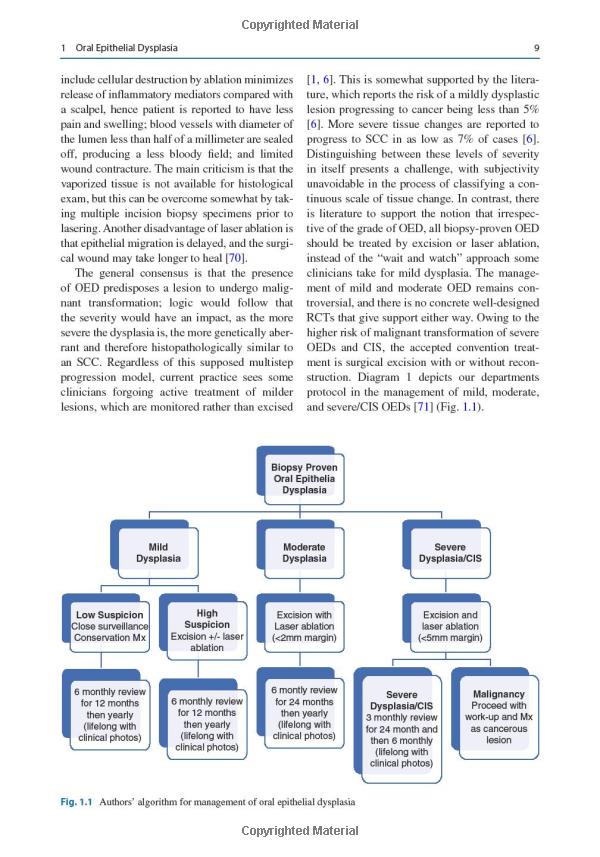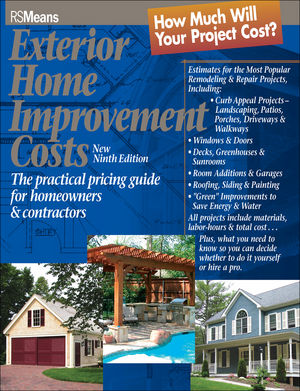Understanding Low Doc Home Loans: A Comprehensive Guide for Aspiring Homeowners
#### What Are Low Doc Home Loans?Low Doc Home Loans, or "Low Documentation Home Loans," are designed for borrowers who may not have the traditional document……
#### What Are Low Doc Home Loans?
Low Doc Home Loans, or "Low Documentation Home Loans," are designed for borrowers who may not have the traditional documentation required for a standard mortgage application. These loans cater to self-employed individuals, freelancers, or anyone with non-traditional income sources who find it challenging to provide the usual proof of income, such as pay slips or tax returns.
#### Benefits of Low Doc Home Loans
One of the primary advantages of Low Doc Home Loans is the streamlined application process. Borrowers can often secure a loan with minimal paperwork, making it easier to access funds quickly. This is particularly beneficial for self-employed individuals who may have fluctuating incomes and find it difficult to meet the stringent requirements of conventional loans.
Additionally, Low Doc Home Loans can provide a pathway to homeownership for those who might otherwise be excluded from the market. With fewer documentation requirements, borrowers can take advantage of opportunities that arise, such as purchasing a property quickly before it’s sold to another buyer.

#### Eligibility Criteria
While Low Doc Home Loans offer more flexibility than traditional loans, they do come with their own set of eligibility criteria. Lenders typically require proof of identity and may ask for bank statements or business activity statements to assess the borrower's financial situation. It's essential for potential borrowers to maintain a good credit score, as this will play a significant role in the approval process.
#### Interest Rates and Fees
Interest rates for Low Doc Home Loans may be higher than those for standard loans, reflecting the increased risk lenders take on by offering these products. Borrowers should also be aware of any additional fees associated with Low Doc Home Loans, such as establishment fees or ongoing account fees. It’s crucial to compare different lenders to find the most favorable terms.

#### How to Apply for Low Doc Home Loans
Applying for Low Doc Home Loans typically involves a few straightforward steps. First, borrowers should gather their identification and any financial documents that demonstrate their ability to repay the loan, even if these documents are not as extensive as those required for traditional loans.
Next, it’s advisable to shop around and compare different lenders. Not all lenders offer Low Doc Home Loans, and those that do may have varying terms and conditions. Consulting with a mortgage broker can also be beneficial, as they can provide insights into which lenders are best suited for a borrower's specific situation.
Once a suitable lender is identified, borrowers can submit their application. The lender will review the application and any provided documentation before making a decision. If approved, the borrower can proceed with the purchase of their desired property.

#### Conclusion
Low Doc Home Loans present an excellent opportunity for individuals who may struggle to provide the extensive documentation required for traditional home loans. By understanding the benefits, eligibility criteria, and application process, aspiring homeowners can navigate the complexities of the mortgage landscape more effectively. Whether you are self-employed, a freelancer, or simply someone with a unique financial situation, Low Doc Home Loans could be the key to unlocking your dream of homeownership.